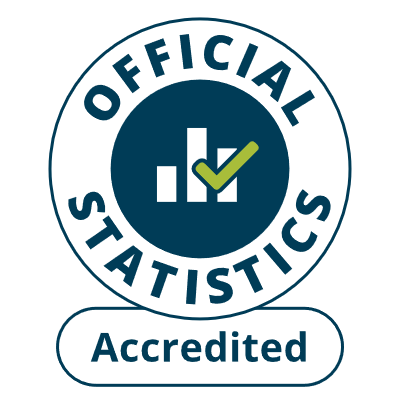
 Out-of-work benefit claimants by Welsh local authority, measure and quarter
Out-of-work benefit claimants by Welsh local authority, measure and quarter
None
|
|||||||||||||||||||||||||||||||||||||||||||||||||||||||||||||||||||||||||||||||||||||||||||||||||||||||||||||||||||||||||||||||||||||||||||||||||||||||||||||||||||||||||||||||||||||||||||||||||||||||||||||||||||||||||||||||||||||||||||||||||||||||||||||||||||||||||||||||||||||||||||||||||||||||||||||||||||||||||||||||||||||||||||||||||||||||||||||||||||||||||||||||||||||||||||||||||||||||||||
Metadata
- High level information
- Keywords
- Summary information
- Statistical quality information
- Weblinks
- Open Data
Title
Benefit claimants by Welsh local authority and statistical groupLast update
19 May 2017Next update
No longer updatedPublishing organisation
Welsh GovernmentSource 1
Jobcentre Plus Administrative System, Department for Work and PensionsContact email
economic.stats@gov.walesDesignation
National StatisticsLowest level of geographical disaggregation
Local authoritiesGeographical coverage
WalesLanguages covered
English and WelshData licensing
You may use and re-use this data free of charge in any format or medium, under the terms of the Open Government License - see http://www.nationalarchives.gov.uk/doc/open-government-licenceKeywords
BenefitsGeneral description
This dataset provides a quarterly snapshot of benefit claimants at particular points in time and are based on 100% of claimants so is not subject to any sampling error.Data collection and calculation
Data are for the number of people aged 16 to 64 who are claiming one or more key DWP benefits and the combination of benefits they are claiming.The aim of the Statistical Group typology is to present each person by the main reasons why they are claiming benefit. Each client is classified just once. Benefits are arranged hierarchically and claimants are assigned to the top most benefit which they receive. Thus a person who is a lone parent and receives Incapacity Benefit would be classified as incapacity benefits.
For this reason the group lone parent, for example, will not contain all lone parents claiming Income Support. Some will be included in the incapacity benefits group instead.
Data are not seasonally adjusted so any comparisons should be made year on year.
Frequency of publication
QuarterlyData reference periods
1999 to 2016Rounding applied
Data are rounded to the nearest 10.Revisions information
Although DWP do perform extensive quality assurance on raw data and statistical tables prior to publication, occasionally an error slips through. In the rare case when an error occurs, we thoroughly investigate how it occurred and strengthen our processes where necessary. Any erroneous statistics are removed and revised as soon as possible. Great care is taken to ensure all users are informed and are fully aware of the error and any implications. For further information see the DWP Policy Statement on Revisions:http://research.dwp.gov.uk/asd/policy/DWP_Revisions_Policy_final.pdf
From August 2017, the Department for Work and Pensions (DWP) are no longer publishing working age benefits claimants by client group. The full DWP statement is available at https://www.nomisweb.co.uk/articles/1048.aspx. We are in the process of identifying a new appropriate source for this data.







 2016
2016